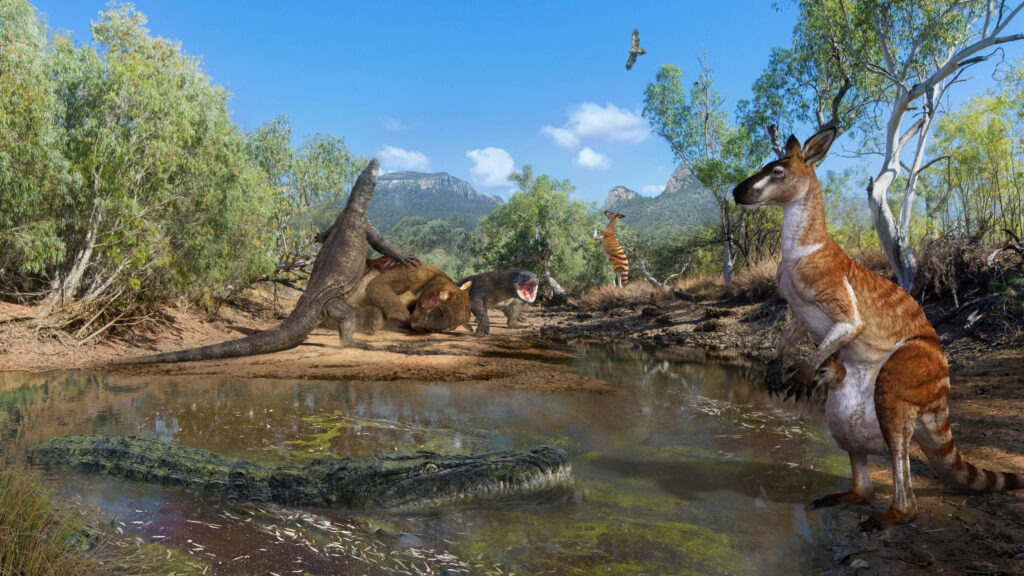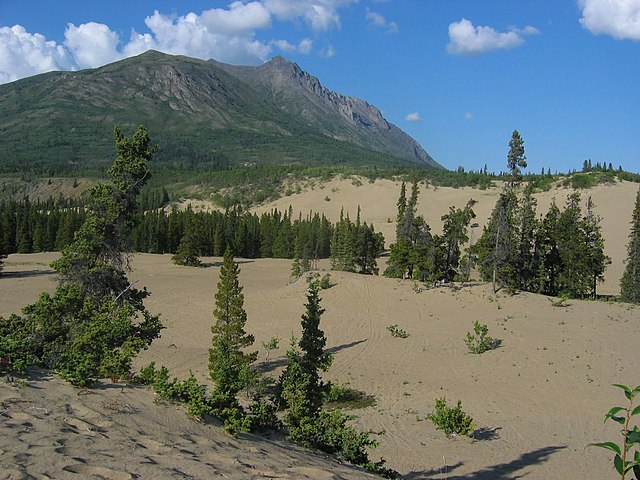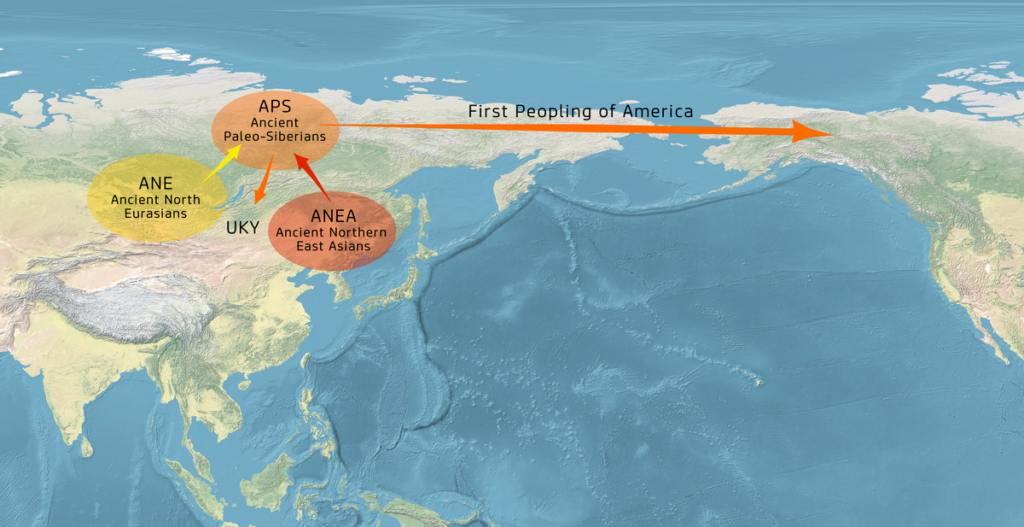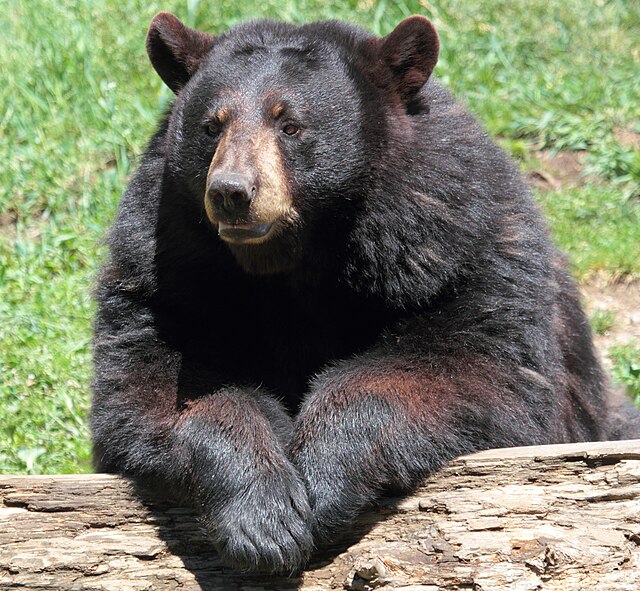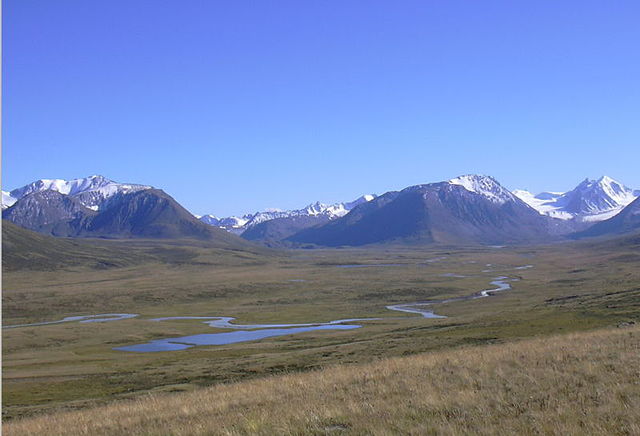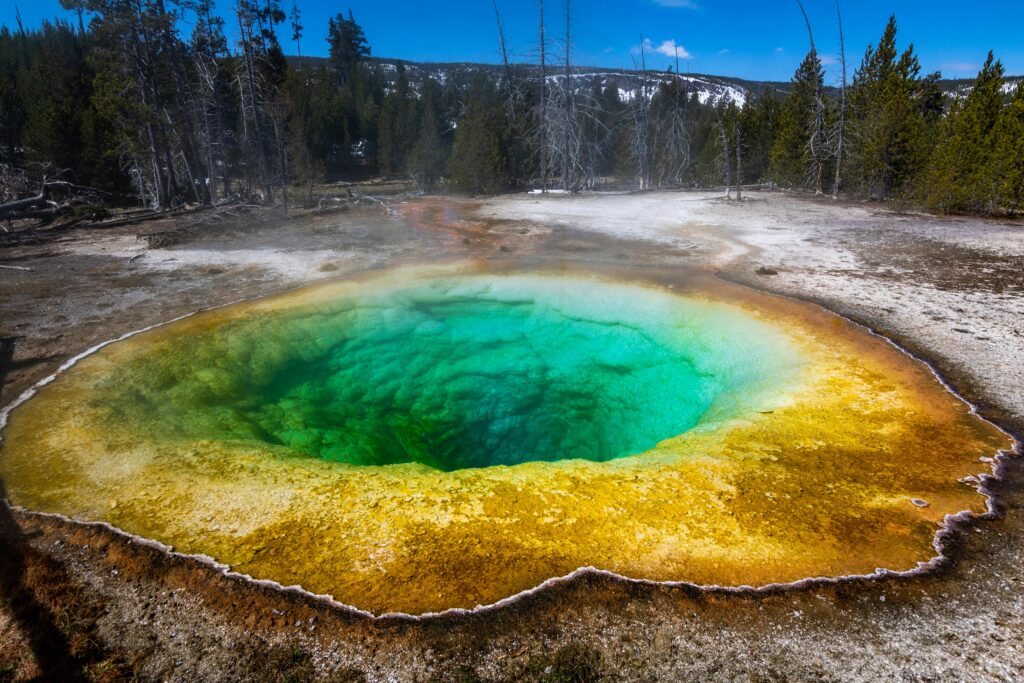Death Down Under: A Deep Look At Australia’s Megafaunal Mystery
There are few places on the planet as distinctive as Australia. With its isolated geographical location and iconic landscapes, it captures the imagination of people the world over. Picturesque red deserts, glistening beaches, and Eucalyptus woodlands may provide its most characteristic scenery, but arcane rainforests, snow-covered mountains, and much more can be found on the […]
